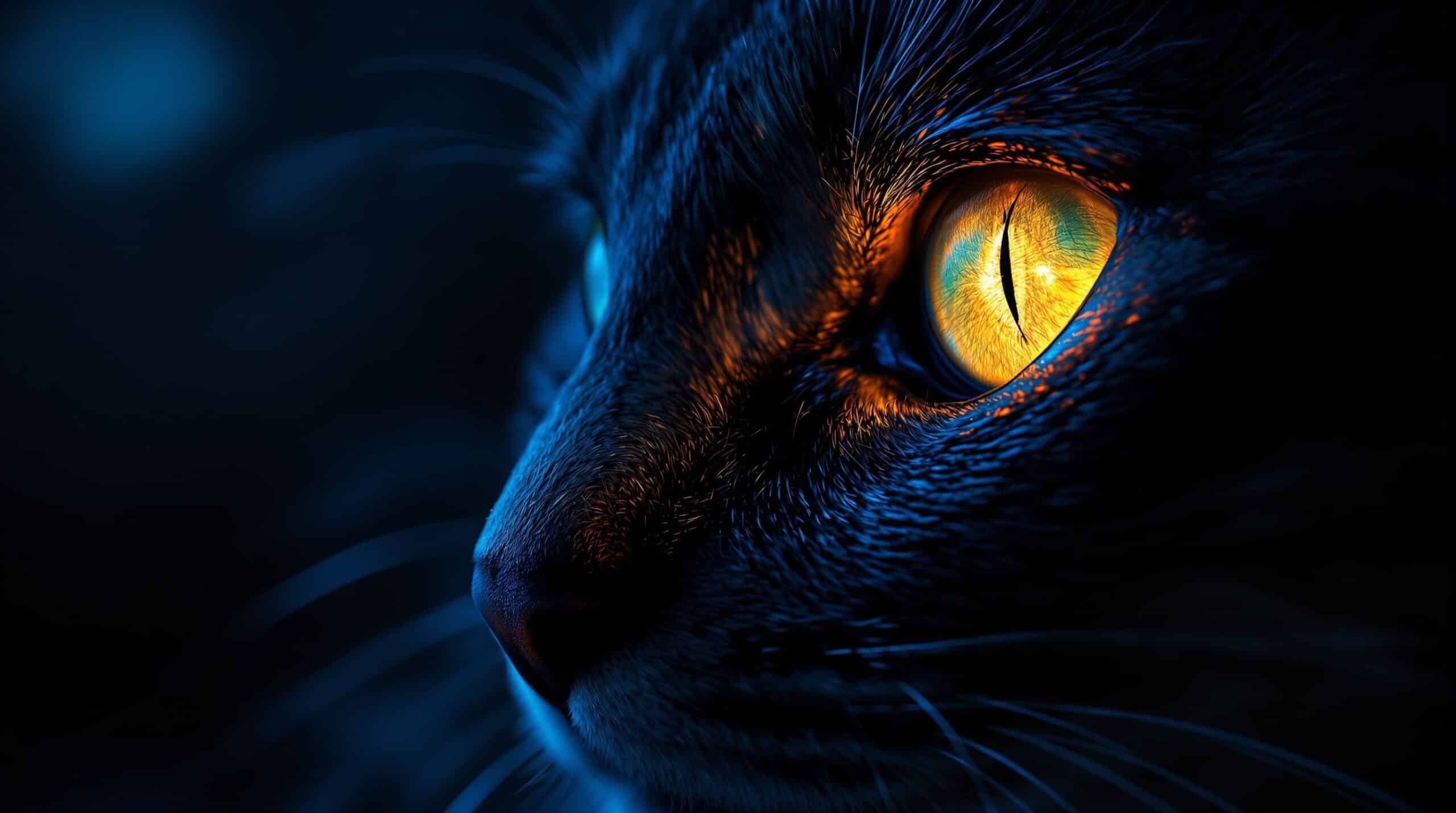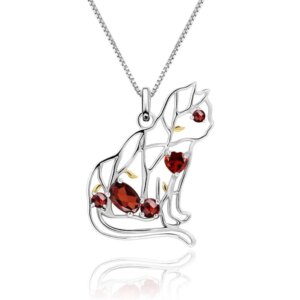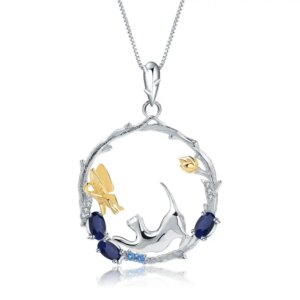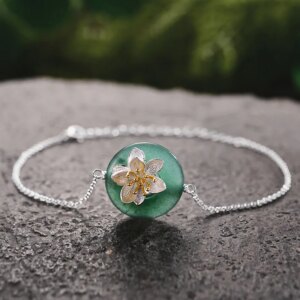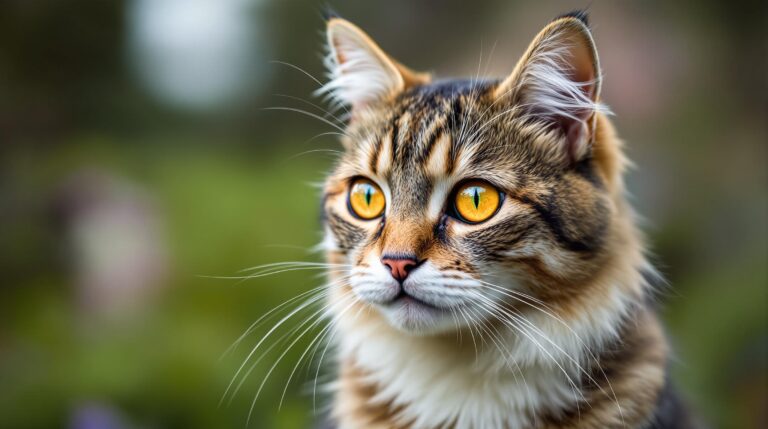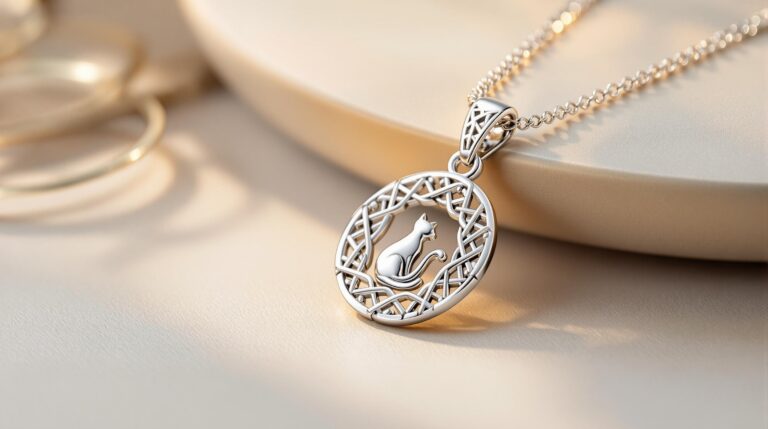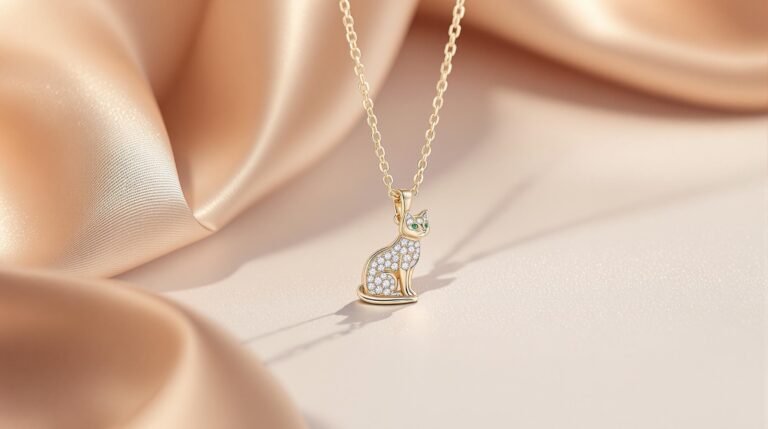Cats See in the Dark: Cats have a remarkable ability to see in the dark, thanks to their unique eye structure and evolutionary adaptations. This article explores the science behind cat night vision, how it compares to human and other animals’ night vision, and provides tips for cat owners to ensure their pets’ eye health. By the end, you’ll have a deeper understanding of why cats are such skilled night hunters and how to support their night-time activities.
The Anatomy of Cat Eyes
The unique anatomy of a cat’s eyes is what allows them to see in low light conditions. This section delves into the various components that contribute to their exceptional night vision.
Tapetum Lucidum: The Secret to Night Vision
The tapetum lucidum is a reflective layer behind the retina that helps cats see in the dark. This layer acts like a mirror, reflecting light back through the retina, which increases the amount of light available to the photoreceptors. This phenomenon is what causes the characteristic glow of a cat’s eyes in the dark, known as cat eye shine.
Understanding the tapetum lucidum is crucial because it explains how cats can navigate and hunt efficiently at night. This adaptation is not found in human eyes, which is why humans have a much more limited ability to see in low light conditions.
Large Pupils and Rod Cells
Cat eyes have large pupils that can dilate significantly to allow more light to enter. This dilation is controlled by the iris, which can adjust the pupil size to optimize light intake. Additionally, cats have a higher proportion of rod cells in their retinas compared to cone cells. Rod cells are more sensitive to light and are responsible for vision in low light conditions, while cone cells are responsible for color vision.
The combination of large pupils and a higher number of rod cells allows cats to gather and process more light, making them highly effective night hunters. These adaptations are a result of evolutionary pressures that favored cats that could hunt successfully in the dark.
Eye Structure and Light Sensitivity
The overall structure of a cat’s eye is optimized for low light conditions. The cornea and lens are designed to focus light effectively, and the retina is highly sensitive to even the slightest amount of light. The tapetum lucidum, large pupils, and rod cells all work together to enhance the cat’s ability to see in the dark.
While cats have limited color perception, their ability to detect movement and contrast in low light is unparalleled. This is crucial for their survival, as it allows them to spot prey and avoid predators even in the darkest environments.
Cat Night Vision in Action
Cats See in the Dark: Cats’ night vision is not just a biological trait; it influences their behavior and activities, especially during the night. This section explores how cats use their night vision and how it affects their interactions with their environment.
Night-Time Behavior and Hunting
Cats are naturally crepuscular, meaning they are most active during the twilight hours of dawn and dusk. However, they are also capable of being active throughout the night, thanks to their excellent night vision. Their ability to see in low light conditions makes them highly effective hunters, allowing them to stalk and catch prey with precision.
Cats’ night vision influences their behavior in other ways as well. They are more likely to explore their environment and engage in play during the night, which can be both entertaining and challenging for cat owners. Understanding this behavior can help owners provide a stimulating and safe night-time environment for their pets.
Observing Your Cat’s Night Vision
Observing your cat’s night vision can be a fascinating experience. To do this, you can create a dimly lit environment and watch how your cat navigates and interacts with its surroundings. You may notice that your cat’s pupils dilate significantly, allowing more light to enter the eyes. You might also observe the characteristic glow of their eyes as the tapetum lucidum reflects light.
Watching your cat play and hunt in low light can provide insights into their natural behaviors and help you better understand their needs. For example, you might notice that your cat is more interested in toys that move or make noise, as these can be more easily detected in the dark.
Creating a Night-Friendly Environment
To support your cat’s night-time activities, it’s important to create a safe and stimulating environment. This can include providing appropriate lighting, such as low-wattage night lights, to help your cat see and navigate without disturbing your sleep. You can also offer toys that are designed for night-time play, such as glow-in-the-dark toys or interactive toys that make noise.
Additionally, ensuring that your home is free of hazards that could injure your cat during night-time exploration is crucial. This includes securing loose wires, closing off access to dangerous areas, and providing a comfortable and quiet space for your cat to rest.
Comparing Cat Night Vision to Other Animals
Cats See in the Dark: Cats are not the only animals with exceptional night vision. This section compares the night vision capabilities of cats to those of humans and other nocturnal animals, highlighting the unique features that make each species well-adapted to low light conditions.
Human Night Vision
Human night vision is significantly less developed compared to that of cats. While humans can see in low light to some extent, our eyes lack the tapetum lucidum and have a lower proportion of rod cells. This results in a reduced ability to see in the dark and a slower adaptation time to low light conditions.
The human eye structure is also less specialized for low light, with smaller pupils and a more limited field of vision. These differences highlight why cats are much better suited for night-time activities and hunting.
Owl Night Vision
Owls are known for their exceptional night vision, which is even more advanced than that of cats. Owls have a tapetum lucidum and large pupils, similar to cats, but their eyes are even more sensitive to light. Their large, forward-facing eyes provide an extremely wide field of vision, allowing them to detect even the slightest movements in the dark.
Owls also have a very quick adaptation time to darkness, which is crucial for their survival as nocturnal predators. Their night vision is so advanced that they can navigate and hunt with incredible precision, even in the darkest environments.
Other Nocturnal Animals
Many other nocturnal animals have developed unique adaptations to see in the dark. For example, raccoons have a high number of rod cells and a reflective layer in their eyes, similar to cats. Bats use echolocation to navigate and hunt, which is a different but equally effective strategy for low light conditions.
Comparing the night vision of different nocturnal animals provides insights into the diverse ways that evolution has shaped these adaptations. Each species has developed specific features that allow them to thrive in their respective environments, highlighting the importance of these adaptations for survival.
Maintaining Your Cat’s Eye Health
Cats See in the Dark: While cats have remarkable night vision, it’s important to maintain their eye health to ensure this ability remains intact. This section provides information on common eye problems in cats and offers tips for maintaining healthy eyes.
Common Eye Problems in Cats
Cats can develop various eye problems that can affect their night vision. Some common issues include:
- Cataracts: Clouding of the lens that can impair vision.
- Glaucoma: Increased pressure in the eye that can damage the optic nerve.
- Conjunctivitis: Inflammation of the conjunctiva, which can cause redness and discharge.
- Keratitis: Inflammation of the cornea, which can lead to pain and vision loss.
Recognizing the symptoms of these conditions is crucial for early treatment. Signs to watch for include redness, discharge, squinting, and changes in behavior or vision. If you notice any of these symptoms, it’s important to consult a veterinarian.
Tips for Eye Care and Maintenance
To maintain your cat’s eye health and support their night vision, follow these tips:
- Regularly clean your cat’s eyes with a damp, soft cloth to remove any debris or discharge.
- Provide a balanced diet rich in vitamins and nutrients that support eye health, such as vitamin A and omega-3 fatty acids.
- Ensure your cat has access to clean, fresh water at all times to stay hydrated.
- Avoid exposing your cat to irritants such as smoke, dust, and strong chemicals.
By taking these steps, you can help prevent eye problems and ensure your cat’s night vision remains strong and effective.
Regular Vet Check-Ups
Regular veterinary check-ups are essential for maintaining your cat’s overall health, including their eyes. During these visits, your vet can perform a thorough eye exam to check for any signs of problems and provide appropriate treatment if necessary.
A vet can also provide advice on how to care for your cat’s eyes and address any concerns you may have. Regular check-ups can help catch and treat eye problems early, before they become more serious.
Popular Quote
“A cat has absolute emotional honesty; human beings, for one reason or another, may hide their feelings, but a cat does not.”
— Ernest Hemingway
Statistical Fact
According to a study by the American Veterinary Medical Association, approximately 80% of cats over the age of 3 have some form of dental disease. While this statistic focuses on dental health, it underscores the importance of regular veterinary check-ups to maintain overall health, including eye health. (Source: American Veterinary Medical Association)
Three Tips for Supporting Your Cat’s Night Vision
- Provide a Night-Light: A low-wattage night light can help your cat navigate safely without disturbing your sleep.
- Use Glow-in-the-Dark Toys: These toys can keep your cat entertained and engaged during the night, reducing boredom and restlessness.
- Keep the Environment Safe: Ensure that your home is free of hazards, such as loose wires and open cabinets, to prevent injuries during night-time exploration.
Popular Questions
- Why do cats have glowing eyes at night?
The glow in a cat’s eyes at night is caused by the tapetum lucidum, a reflective layer behind the retina that helps them see in low light conditions. - Can cats see in complete darkness?
Cats cannot see in complete darkness, but they can see much better than humans in very low light conditions thanks to their unique eye adaptations. - How can I tell if my cat has an eye problem?
Signs of an eye problem in cats include redness, discharge, squinting, and changes in behavior or vision. If you notice any of these symptoms, consult a veterinarian.
Final Thoughts About Cats See in the Dark
Understanding how cats see in the dark not only deepens our appreciation for their unique abilities but also helps us provide better care for our feline friends. By creating a safe and stimulating night-time environment and maintaining regular eye check-ups, we can ensure our cats continue to enjoy their remarkable night vision. Visit our website to find excellent gifts for cat lovers and follow us on social media for more tips and insights. If you have any questions or need assistance, feel free to contact us at our contact form or call us at (800) 343-1604. You can also reach out to us via email at info@catkarmacreations.com or sales@catkarmacreations.com.

